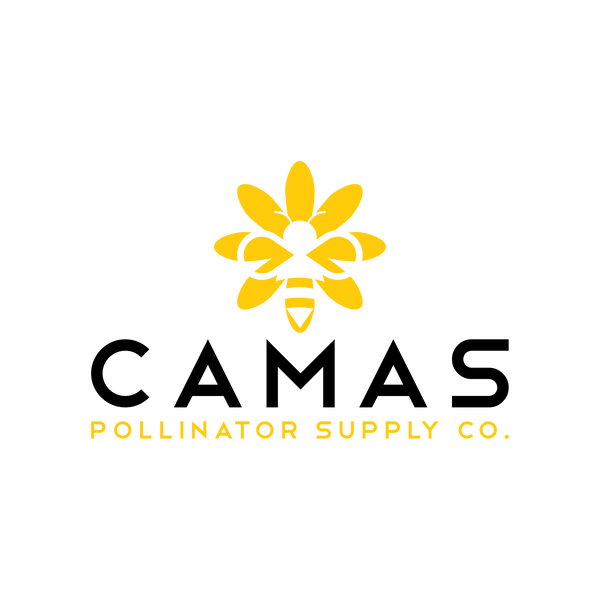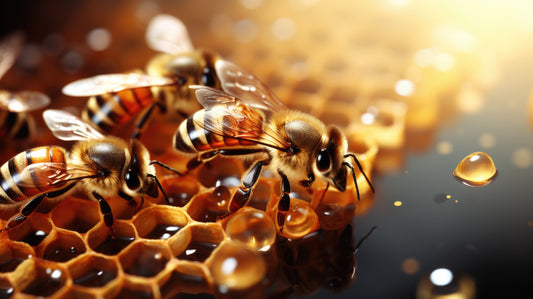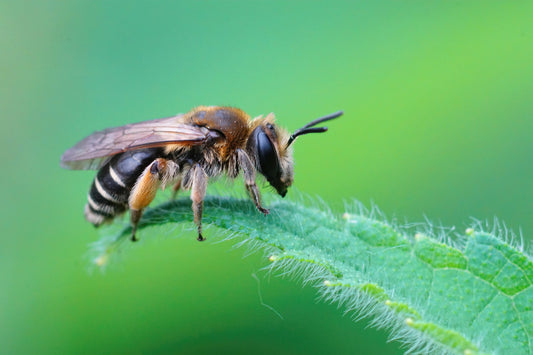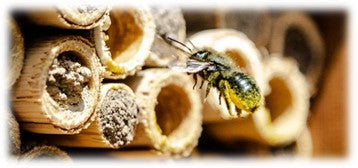
Have you ever watched a bee diligently buzzing from flower to flower, or marveled at the delicate dance of a butterfly flitting through your garden? These tiny creatures, often overlooked, play a crucial role in maintaining the delicate balance of our ecosystems. Pollinators, such as bees, butterflies, moths, and even birds and bats, are responsible for pollinating the majority of our flowering plants, including many of the fruits, vegetables, and nuts we rely on for food.
Unfortunately, pollinators are facing a multitude of threats, from habitat loss and pesticide use to climate change and disease. Their populations are declining at an alarming rate, and the consequences for our environment and food security could be devastating.
But here's the good news: You can make a real difference in the fight to protect pollinators! Citizen science projects offer a unique and engaging opportunity for individuals of all ages and backgrounds to contribute to pollinator conservation efforts.
What is Citizen Science?
Citizen science involves the participation of the general public in scientific research. It's a collaborative effort where everyday people collect data and observations, which are then used by scientists to better understand and address environmental challenges. When it comes to pollinators, citizen science projects can range from simple observations of pollinators in your backyard to participating in large-scale surveys and habitat restoration initiatives.
Why Should You Get Involved?
- Make a real impact: Your observations and data can help scientists track pollinator populations, identify areas of concern, and develop effective conservation strategies.
- Learn something new: Citizen science projects offer a fantastic opportunity to learn about pollinators, their habitats, and the challenges they face. You'll gain a deeper appreciation for the natural world and the interconnectedness of all living things.
- Connect with nature: Spending time outdoors observing pollinators is a great way to connect with nature and experience its wonders firsthand. It's a chance to slow down, appreciate the beauty around you, and find peace in the natural world.
- Inspire others: By sharing your experiences and passion for pollinators, you can inspire others to get involved and make a difference.
How Can You Participate?
There are countless citizen science projects focused on pollinators happening right now across the country. Here are a few examples to get you started:
-
The Great Sunflower Project: Plant sunflowers and observe the pollinators that visit them.

-
Bumblebee Watch: Take photos of bumblebees and submit them for identification and tracking.

- Monarch Watch: Tag monarch butterflies to help track their migration patterns.

-
Xerces Society Pollinator Surveys: Participate in various surveys to monitor pollinator populations and habitat. (Photo from xerces.org/endangered species/monitoring)

-
Local habitat restoration projects: Join a local group to plant native wildflowers, create pollinator gardens, or restore natural habitats.

No matter where you live or what your interests are, there's a citizen science project that's perfect for you. So, grab your camera, put on your explorer hat, and get ready to make a buzz-worthy difference in your community!
Remember, every observation counts. Even a small contribution can have a big impact on the future of pollinators and the health of our planet.
Let's work together to create a world where pollinators thrive and our ecosystems flourish!




